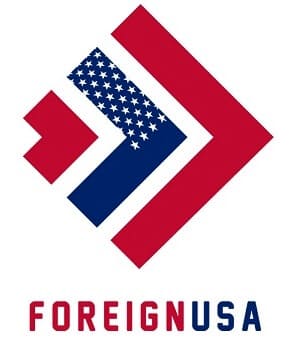State symbols have been around in the U.S. as a mainstay of U.S. culture since the very beginning. Official symbols are used to represent the cultural heritage and natural history of each state in the most fun way possible.
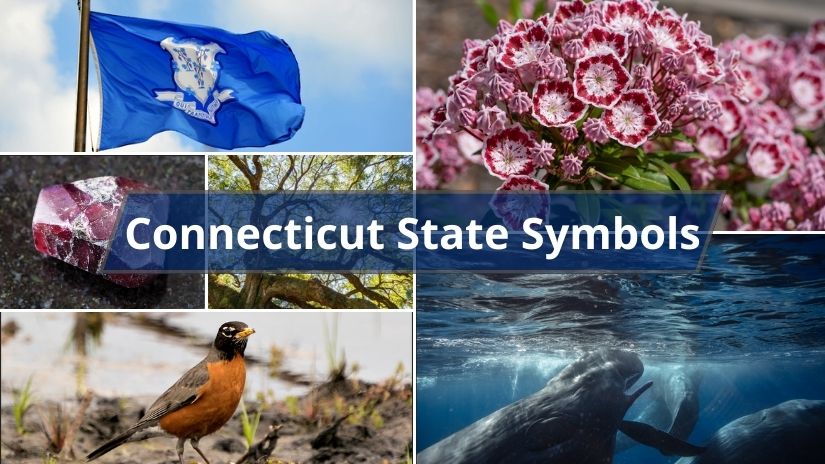
Connecticut is no different from many other U.S. states and it has an abundance of fantastic symbols that are indicative of the state’s historical roots and geological history. There are also recognizable icons and emblems for each state, such as state seals and flags, nicknames and mottos, and much more which are all included in our Connecticut state symbol list.
Connecticut State Symbols List
There is an incredible amount of state of Connecticut symbols which creates a whole host of interesting facts, both from the past and present. We have shortlisted the top 10 most significant Connecticut state symbols below and further down the page you will find a comprehensive list with each Connecticut symbol and the date they were officially created.
Connecticut State Animal
The Connecticut state animal is the sperm whale (Physeter macrocephalus), which was officially adopted in 1975 and has been the animal to represent the state ever since. Sperm whales can be found in every single ocean in the world, and the female sperm whales and their young travel in permanent units, which are called pods, while the larger males go to and from breeding and feeding grounds.
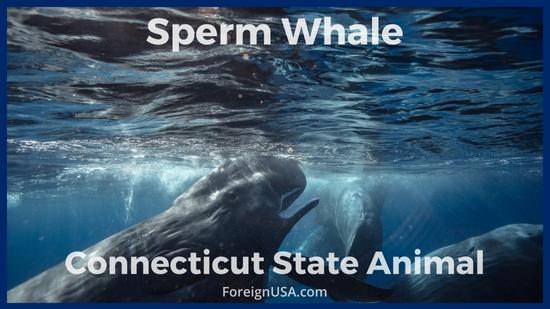
The reason for this adoption is the relationship between the animal and the state, playing a significant role in the state’s history, with Connecticut being the second-highest whaling state in the U.S. at the time. Unfortunately, the sperm whale is now on the federal endangered species list, but fortunately, whale hunting is now completely illegal.
Connecticut State Bird and Flower
The beautiful, peaceful, and loyal American Robin (Turdus migratorius) became the official Connecticut state bird in 1943. Robins are one of America’s favorite songbirds, with Michigan and Wisconsin also using the bird to represent them.
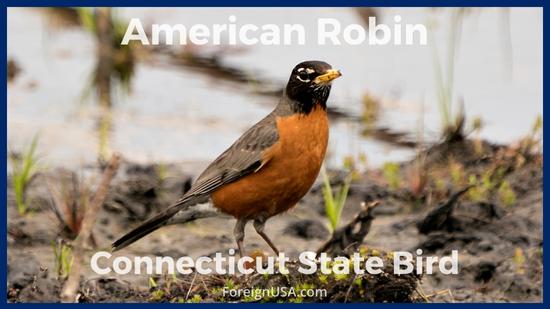
It was in 1907 when Connecticut adopted the mountain laurel (Kalima latifolia) as the official state flower. These flowers are some of the most incredibly beautiful native American shrubs in history and can be found over the state in abundance. The Connecticut state bird and flower really do showcase the state’s historical roots and beauty.
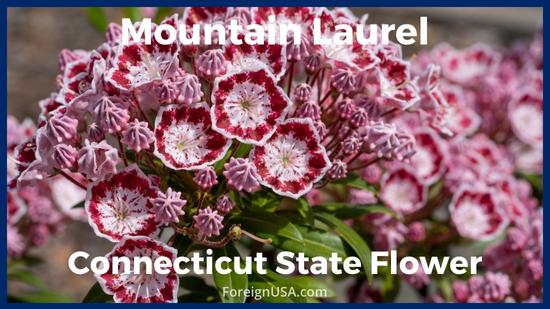
Connecticut State Seal
The state seal of Connecticut was adopted in 1775 and features a trio of grapevines. Underneath the grapevines is a banner with the official state motto reading: “Sustinet Qui Transtulit” (Latin for He who is transplanted still sustains). Sigillum Reipublicae Connecticutensis is Latin and translates to “Seal of the State of Connecticut”.
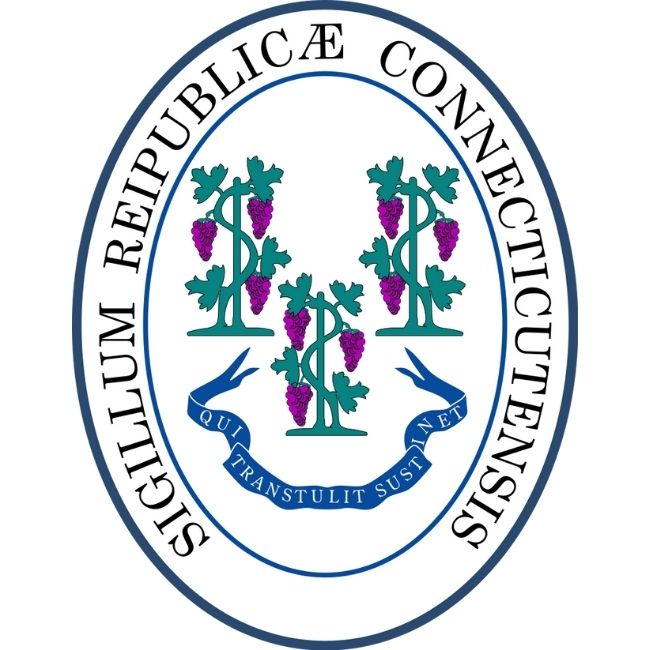
Connecticut State Insect
The European praying mantis (Mantis religiosa) has been the insect to represent the state since 1977. This incredibly unique and fascinating insect originates from North Africa and Southern Europe, however, to the surprise of many, it is found in an abundance throughout the state of Connecticut. These mantis’ are incredibly beneficial for farmers as they help reduce the population of harmful insects, ensuring the perfect environment for agriculture.
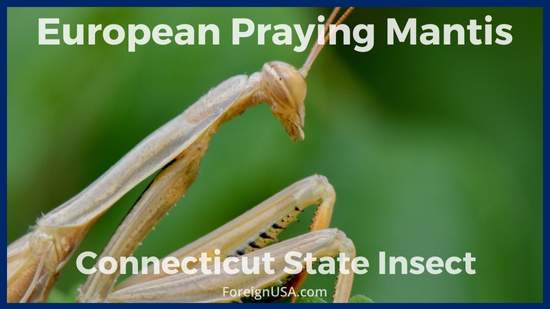
Connecticut State Tree
The Charter Oak tree (Quercus albus) is the official state tree of Connecticut, and it has been since 1947. The charter oak was a white oak tree that actually fell down during the great storm in 1856, the tree was over 200 years old when this took place.
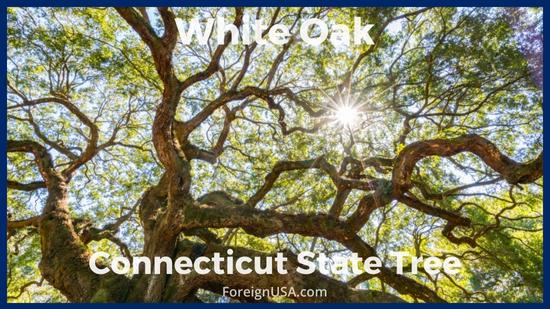
Connecticut State Shellfish
The eastern oyster (Crassostrea Virginica) has been the shellfish to represent Connecticut since its original adoption back in 1989. These mollusks reside in the tidal rivers and along the Connecticut coastline. The state’s earliest native American inhabitants and even European settlers used these shellfish as one of their main food sources.
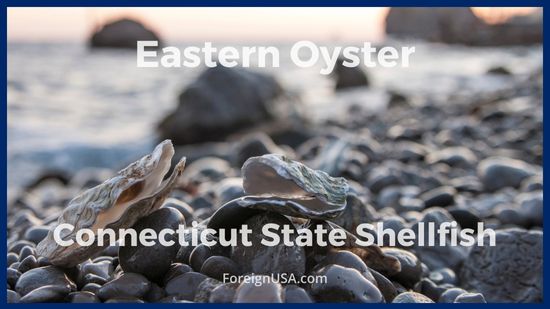
Connecticut State Aircraft
The famous Corsair F4U was one of the most efficient and effective fighter-bomber aircraft used in World War II and even the Korean War. What made this aircraft so unique and recognizable was the inverted gull wing, which you can see in the image below. Between the years 1938 and 1945, over 12,000 Corsairs were manufactured by the famous Connecticut workers of Hamilton Standard, United Aircraft, Vought-Sikorsky, and Pratt and Whitney. The aircraft is one of the newest Connecticut state symbols, being adopted in 2005.

Connecticut State Mineral
Almandine garnets have been the official Connecticut state mineral since 1977, this adoption was due to the sheer abundance of these garnets within the state, oh, and not to mention that the finest almandine garnet in the world was discovered in Connecticut! Much of Connecticut’s strong and stable economy we see today can be attributed to this mineral – being used as an abrasive for grinding wheels, saws, and even sandpaper.
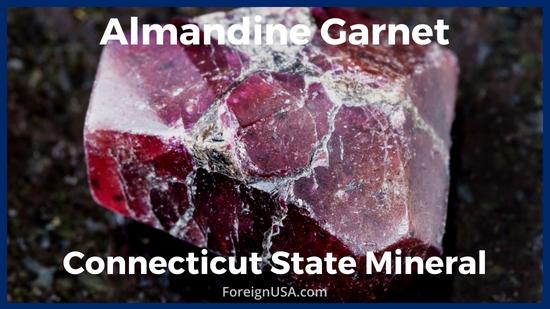
Connecticut State Flag
The official civil and state flag of Connecticut design was derived from a memorial from a Connecticut chapter of the daughters of the American Revolution. This design was quickly accepted by many to become the official state flag back in 1985. The design appearing in the center of the Connecticut state flag is the same design showcased on the Connecticut state seal.
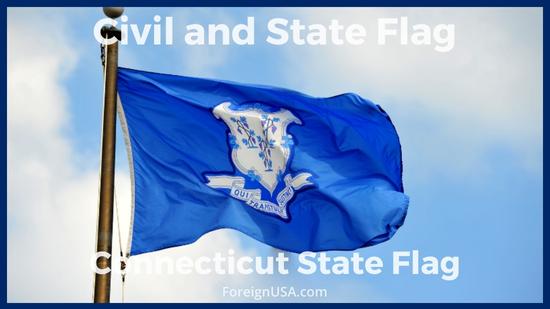
All Connecticut State Symbols (Table)
Now that we have taken a look at some of the more popular and notable state symbols that are associated with the state of Connecticut, it makes sense to showcase all the Connecticut state symbols that are best used to represent the state’s history and more present achievements and moments. Here is the complete list of symbols:
| Type Of Symbol | State Symbol | Year |
|---|---|---|
| Connecticut State Aircraft | F4U Corsair | 2005 |
| Connecticut State Animal | Sperm Whale (Physeter Macrocephalus) | 1975 |
| Connecticut State Bird | American Robin (Turdus migratorius) | 1943 |
| Connecticut State Flag | Civil and State Flag | 1897 |
| Connecticut State Children's Flower | Michaela Petit's four-o'clocks (Mirabilis jalapa) | 2015 |
| Connecticut State Composer | Charles Edward Ives (1874-1954) | 1991 |
| Connecticut State Fish | American shad (Alosa sapidissima) | 2003 |
| Connecticut State Flower | Mountain Laurel (Kalmia latifolia) | 1907 |
| Connecticut State Folk Dance | Square Dance | 1995 |
| Connecticut State Fossil | Eubrontes giganteus | 1991 |
| Connecticut State Mineral | Garnet (Almandine garnet) | 1977 |
| Connecticut State Poet Laureate | John Hollander | 2001 |
| Connecticut State Polka | "Ballroom Polka," written and composed by Ray Henry Mocarski | 2013 |
| Connecticut State Seal | Seal of the State of Connecticut | 1775 |
| Connecticut State Shellfish | Eastern Oyster (Crassostrea virginica) | 1989 |
| Connecticut State Ship | USS Nautilus (SSN-571) | 1983 |
| Connecticut State Song | "Yankee Doodle," composer unknown | 1978 |
| Connecticut State Song (second) | "Beautiful Connecticut Waltz," composed by Joseph Leggo of Newington | 2013 |
| Connecticut State Tree | White Oak (Quercus albus) | 1947 |
